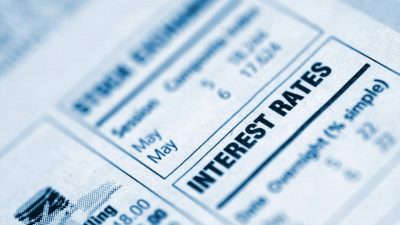When it comes to investing in the FTSE 100, there are plenty of common mistakes a lot of investors make on a regular basis. For example, buying high and selling low, panicking when the market falls, and not diversifying are three of the most typical.
Yet another mistake that could be just as dangerous is putting too much focus on price-to-earnings (P/E) ratios when picking stocks. Could this be hurting your performance?
The P/E ratio
The P/E ratio is widely-used in stock market analysis. A simple ratio which shows the price of a stock per £1 of earnings, the ratio gives an indication of whether value is on offer. The general idea is that the lower the P/E ratio, the more value that’s on offer.
The P/E ratio does have several things going for it. For starters, it allows investors to compare valuations for different companies. Secondly, it’s very easy to calculate (share price divided by earnings per share). However, the ratio is not perfect and it’s important to realise a stock with a low P/E isn’t necessarily a bargain. Similarly, a stock with a high P/E ratio shouldn’t necessarily be avoided.
Focus on quality
One problem with the P/E ratio is that it doesn’t tell you anything about a stock’s ‘quality.’ For example, it tells you nothing about revenue or earnings growth, or the company’s financial health. And, like many things in life, when it comes to stocks, sometimes you’re better off paying a little more for a higher-quality stock than investing in a low-quality stock simply because it’s cheap. As Warren Buffett says: “It’s far better to buy a wonderful company at a fair price than a fair company at a wonderful price.”
Cheap stocks can stay cheap
The problem with cheap stocks that have low P/E ratios is that they’re often cheap for a reason. Perhaps earnings are declining or a dividend cut is on the horizon. And cheap stocks can often stay cheap (and get even cheaper) for a long time, which can really hurt your returns.
At the same time, stocks with high P/E ratios can sometimes deliver amazing returns for investors, despite their high valuations. Yes, a high P/E leaves less margin for error, but ignoring a stock just because it’s expensive could be a mistake.
For example, look at FTSE 100 stocks Diageo and Unilever which have been expensive on the basis of their P/E ratio for years now. These two are up 25% and 19%, respectively, over the last year.
By contrast, look at British American Tobacco and ITV. These two have been cheap for years, yet both have performed terribly over the last 12 months returning -20% and -37%, respectively.
The takeaway here is that while the P/E ratio can be useful, it’s not perfect, and putting too much focus on it could be a mistake. When it comes to stock picking, it’s important to look at a broad range of factors and not just valuation.






